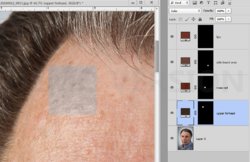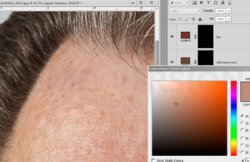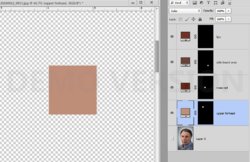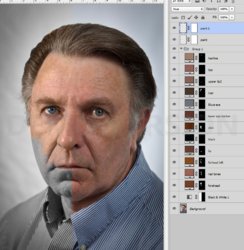PhotoDoctor
New Member
- Messages
- 1
- Likes
- 3
Welcome to Photoshop Gurus forum. Register a free account today to become a member! It's completely free. Once signed in, you'll enjoy an ad-free experience and be able to participate on this site by adding your own topics and posts, as well as connect with other members through your own private inbox!
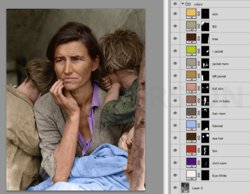
Fantastic job Hawkeye! I’ve Been working on colorizing and have a difficult time finding the perfect tone/color for various items, especially skin. I have looked at many YouTube videos, but still have problems achieving results. Do you know of any good videos or information sources that might be of help? Your picture is excellent!Not to be critical but skin and even eyes are not one solid color. Skin has tones of red, yellow, brown etc., and even a subtle blue tones for men's beard areas. Skin can also sometimes reflect surrounding colors, and adding those tones will make your work appear much more realistic. This is one I did a long time ago:
View attachment 89423
